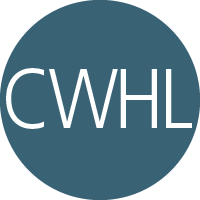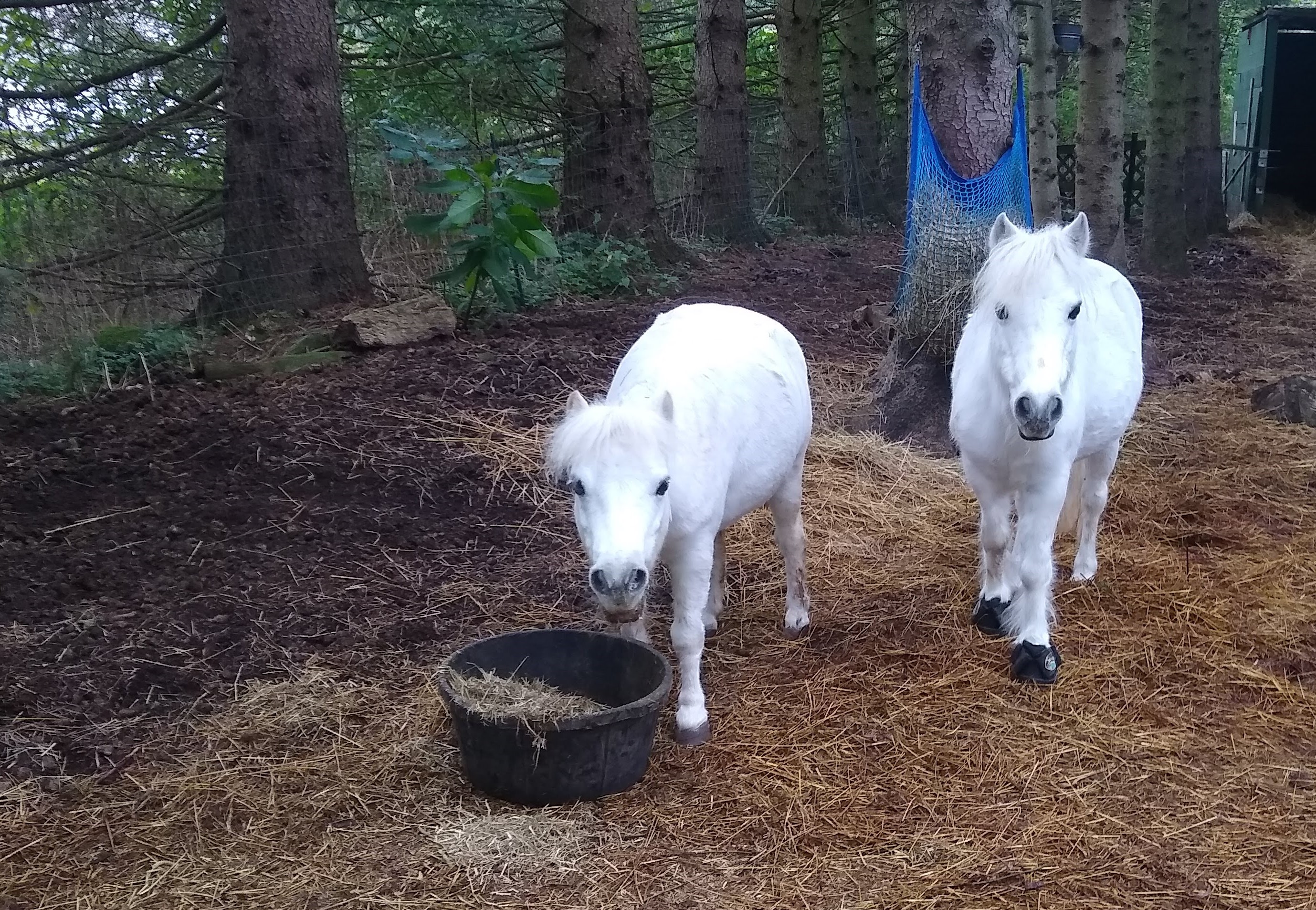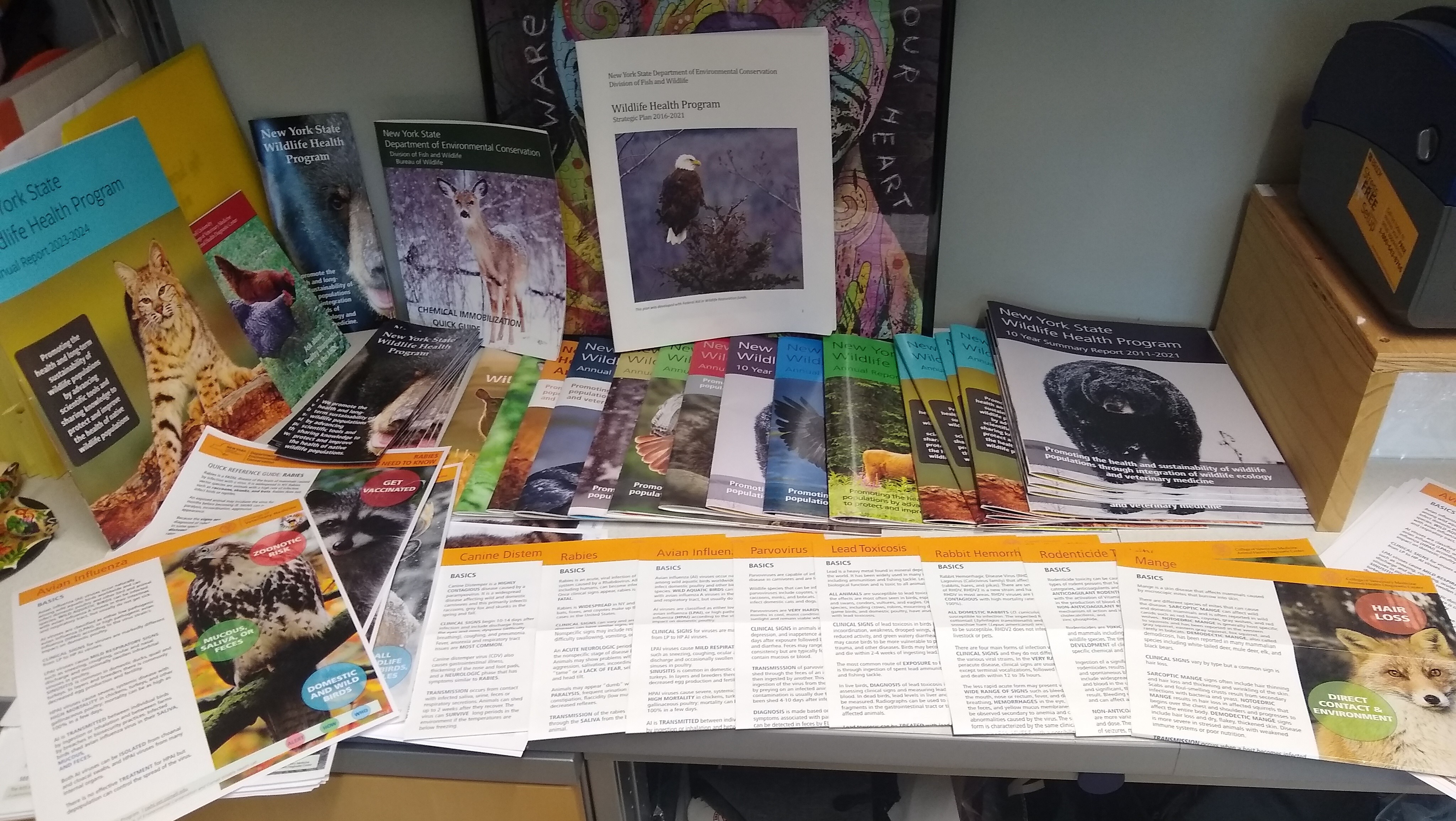Program and Communications Coordinator: Jennifer Peaslee
Cat herder, catch-all, and photo hog—I relate to all these terms and more. My position requires that I do and know a fair bit of everything to manage the administrative tasks for CWHL and its members while also overseeing the program's communications.
Every day starts with chores around my tiny hobby farm. Once the outdoor miniature horses, chickens, ducks, and guinea fowl are attended to, my two spoiled dogs and super chonky cat are next. Then it's coffee time while I start digging into my emails. Sorting through email takes time, and some days I think categorizing your inbox should be a college-level course! I start by prioritizing what needs to be reviewed and answered quickly vs what can wait. Issues are rarely straightforward and one problem can result in 14 different emails to get to the bottom of things.
In addition to dealing with endless emails, I am also the conqueror of red tape for the team. I spend a fair bit of time wading through the rules and processes in academia, managing the administrative side of the program's lab operations, handling quality assurance documents, scheduling and often rescheduling meetings across organizations and sometimes DEC regions, maintaining research supplies across multiple projects, managing students working for the program, processing the team's expenses for travel, organizing fun events and team-building outings, writing contracts for consultants on projects, monitoring the research freezer sensors, keeping an eye on grant deadlines, and helping keep folks on track. The list is long and constantly evolving based on the needs of the program and the team. My ultimate goal is to make their work easier, so they can move the science of wildlife health forward. On my to-do list for today are to create an agenda and order food for a meeting next Friday with the DEC team from the Wildlife Health Unit at Delmar to discuss the NY CWD Response protocol, finish designing and ordering t-shirts for the WHP team to wear at casual conferences, pay for service on our wildlife truck—the mental list is a fluid entity that keeps me on my toes every day.
As communications coordinator for the CWHL, I design print materials like annual and quarterly reports, disease fact sheets, and technical documents for the NYS Dept. of Environmental Conservation (DEC) and Wildlife Health Program (WHP). I also manage CWHL’s online presence as our website's content manager and social media administrator. I highlight our scientific publications with easy-to-understand summaries. This can be challenging, but if the result changes someone's perception of wildlife and its importance, it's a win. Go science communication! I love, love, love searching for images to include in our articles, reports, and posts. Today, I'm looking through about 400 wildlife images that a retired DEC colleague has taken. I'm trying to pick only 100 out of the group to purchase. It's exciting to have found a source for quality wildlife photos that are not from a big stock photo service.
I’m interrupted by a call from my colleague Nick Hollingshead about an issue with the map on the EHD Disease Watch page on our website. After solving the problem, I update the page with news about the latest outbreak of the disease in NY. To reach a broad audience, I’ll write a social media post on EHD asking folks to keep an eye out for sick or dying deer in NY and share a link to the online reporting form. It’s important to keep the information on our website up to date, so readers know what’s happening in the wildlife in their neighborhoods.
As September winds down, I’m starting to think about gathering content for the next WHP Quarterly report, which of course means wrangling data and case info from across the WHP team. I also need to troll through our database to find interesting cases to highlight in our monthly case posts on social media. I will review last month's website analytics to see what has been catching people's interest online to capitalize on some of that engagement. Nick and I are working on updating/redesigning our website (so excited about this!) which will link to the new wildlife health database, aptly named Corvus after crows and ravens. Amazingly intelligent and observant birds, they are the surveillance experts of the animal kingdom.
No two days are ever the same for me. Being able to contribute to moving the science of wildlife health forward from behind the scenes is a great feeling. What I enjoy most about my role is that I get to use my entire brain. My position requires both a serious analytical approach to administrative tasks and a creative eye to communicate wildlife health issues in an engaging way. Support roles are often overlooked as non-essential, but I don't feel that way with my team. We are all actively encouraged to contribute, engage, and build relationships, to find what we love in our work so we can do more of it, to find opportunities for professional development, and to create new avenues for wildlife health to flourish. What's not to love?





